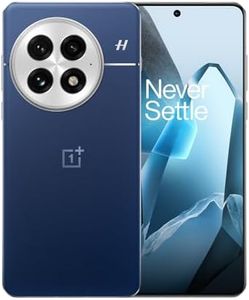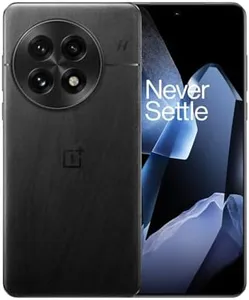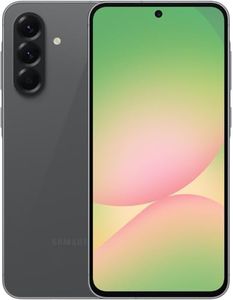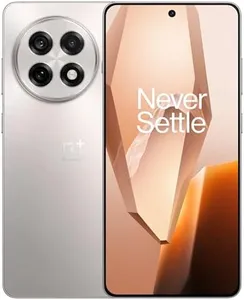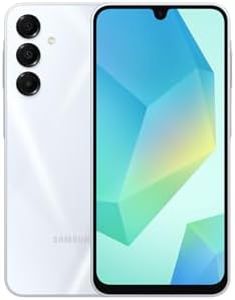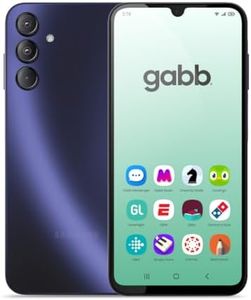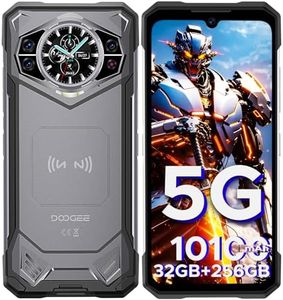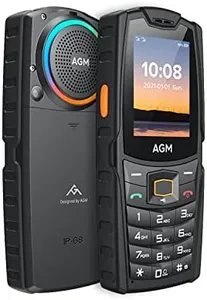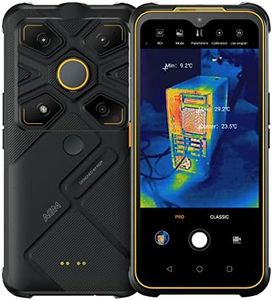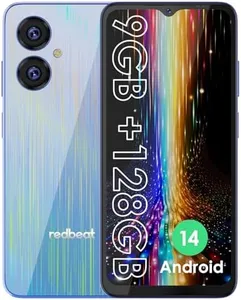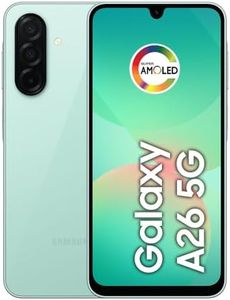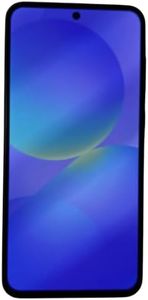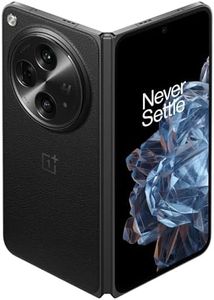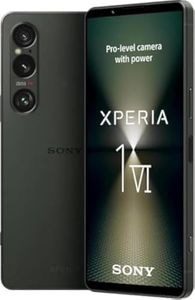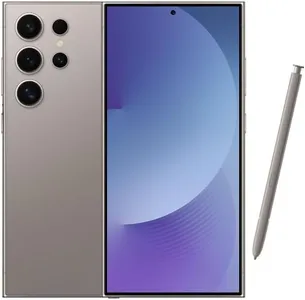10 Best Dual SIM Phones 2025 in the United States
Our technology thoroughly searches through the online shopping world, reviewing hundreds of sites. We then process and analyze this information, updating in real-time to bring you the latest top-rated products. This way, you always get the best and most current options available.

Our Top Picks
Winner
OnePlus 13,16GB RAM + 512GB Storage,Dual-SIM,Unlocked Android Smartphone, Snapdragon 8 Elite, 80W SUPERVOOC Fast Charging and 50W AIRVOOC Charging, Advanced Hasselblad Camera, 2025, Midnight Ocean
Most important from
294 reviews
The OnePlus 13 is a powerful dual-SIM smartphone that suits users who want a fast, feature-rich device. With 16GB of RAM and 512GB of storage, it offers plenty of space and smooth multitasking, ideal for heavy app use or storing lots of media. The Snapdragon 8 Elite processor ensures quick performance whether you're gaming or juggling multiple tasks. Its 6000mAh battery is quite large, promising all-day use and supporting very fast 80W charging, so you can quickly recharge when needed.
The 120Hz ProXDR display provides vibrant colors and smooth visuals, enhancing experiences like gaming and video streaming. The advanced Hasselblad camera system with a 50MP main lens takes detailed photos both day and night, appealing to those who value high-quality images. Running on the latest Android 15, it offers an up-to-date and user-friendly interface. OnePlus 13 also supports dual-SIM standby, useful for managing personal and work lines on the same device.
Due to its large 6.82-inch screen and big battery, the phone is somewhat bulky, which might not suit those wanting a compact device. While unlocked for broad network compatibility, users should confirm carrier support based on their location. This phone is ideal for users who prioritize speed, camera quality, and battery life in a dual-SIM Android phone, but it might feel large for those preferring smaller handsets.
Most important from
294 reviews
OnePlus 13,12GB RAM + 256GB Storage, Dual-SIM, Unlocked Android Smartphone, Snapdragon 8 Elite, 80W SUPERVOOC Fast Charging and 50W AIRVOOC Charging, Advanced Hasselblad Camera, 2025, Black Eclipse
Most important from
294 reviews
The OnePlus 13 is a strong choice for anyone needing a dual-SIM phone with plenty of power and features. It supports dual-SIM standby, making it easy to manage two numbers on one device—ideal for balancing work and personal calls. The Snapdragon 8 Elite processor ensures smooth performance, whether you're gaming, streaming, or multitasking. With 12GB of RAM and 256GB of storage, you get plenty of space for apps, photos, and files without slowing down. The 6000mAh battery is impressively large, meaning you can expect a full day or more of use, and the fast 80W charging helps quickly recharge when needed.
The 6.82-inch screen offers vibrant colors and smooth visuals with its 120Hz refresh rate, enhancing your viewing experience. Camera quality is a highlight here, thanks to the advanced Hasselblad triple-camera system producing sharp, detailed pictures in varying light conditions. On the software side, it runs the latest Android 15, giving you a modern and user-friendly interface with access to the newest apps and security updates.
One small downside is its weight—213 grams is a bit on the heavier side, which might feel bulky for some users. Also, while it includes a 3.5mm audio jack, some may find the phone slightly thick at 0.33 inches. This phone suits users who want a powerful, feature-rich dual-SIM smartphone with excellent battery life and camera capabilities.
Most important from
294 reviews
Samsung Galaxy A56 5G 2025 | 256GB, 12GB, Dual SIM | 6.7" 120Hz AMOLED, IP67 Water Resistant, Android 15 | International Model Factory Unlocked for T-Mobile & Global | 25W Charger Bundle (Graphite)
Most important from
142 reviews
The Samsung Galaxy A56 5G is a solid choice for anyone looking for a dual-SIM phone with strong features. It supports dual SIM cards plus an eSIM, which is great for managing personal and work numbers or using local and international SIMs while traveling. Its 5G and 4G compatibility covers most global networks, making it a good pick for international users. The phone offers a large 6.7-inch AMOLED screen with a smooth 120Hz refresh rate, delivering vibrant colors and fluid scrolling—a bonus for streaming and everyday use.
Storage is generous at 256GB, paired with 12GB RAM, so it handles multitasking and apps smoothly, though you can’t expand storage with a microSD card. The camera setup is versatile: a 50MP main camera backed by 12MP and 5MP lenses, plus a decent 12MP front camera, suitable for clear photos and video calls. Battery capacity is solid at 5000mAh, promising long usage without frequent charging, and the included 25W fast charger helps quickly top up power. Running Android 15 with Samsung's One UI 7 means the phone will stay updated with new features and security for years. It also has an IP67 rating, so it’s dust and water-resistant, adding durability.
On the downside, it lacks a headphone jack, so you’ll need wireless or USB-C headphones. Also, as an international model, it doesn’t have a U.S. manufacturer warranty, which could be a concern if issues arise. This phone is well-suited for users who want a large, fast, and reliable dual-SIM device with excellent battery life and display quality, especially those who travel or need global network support.
